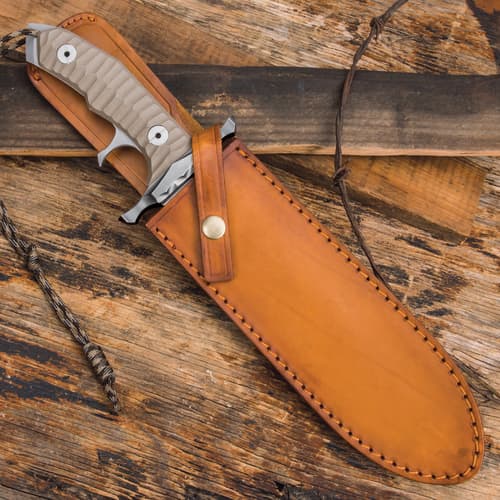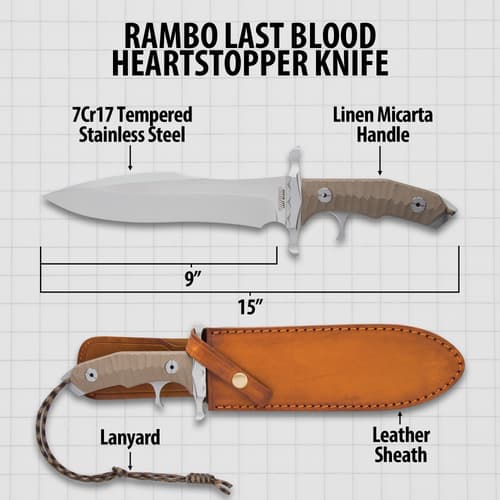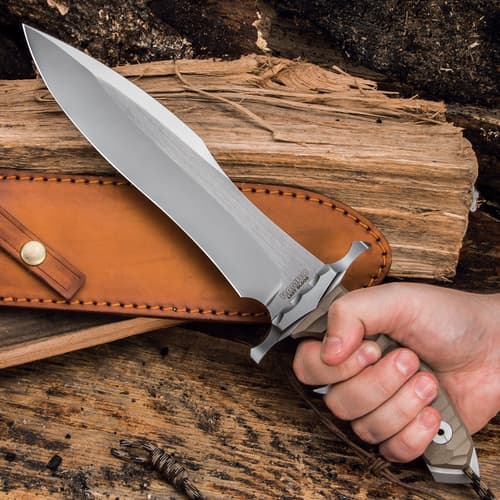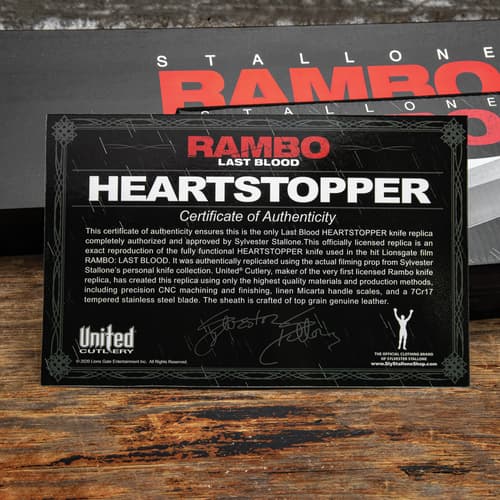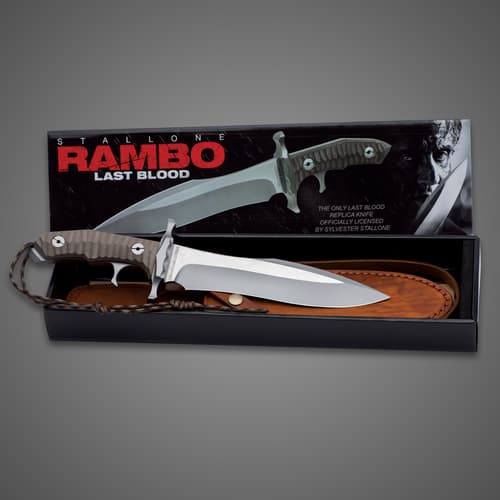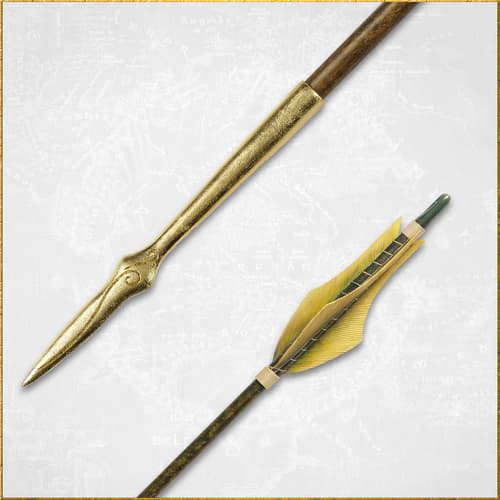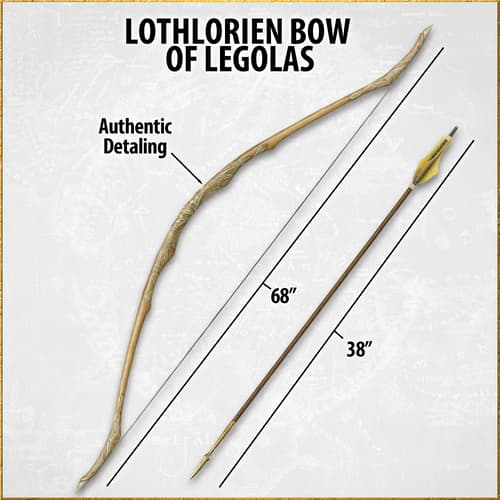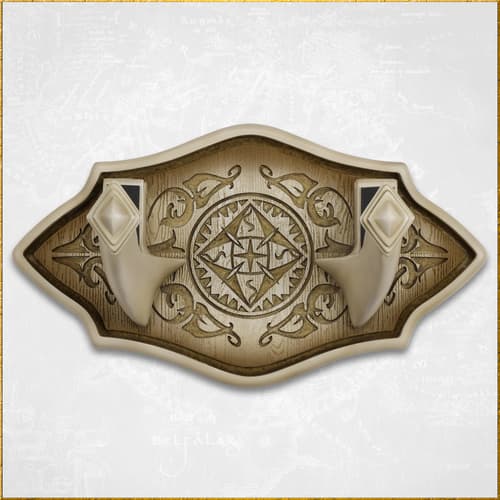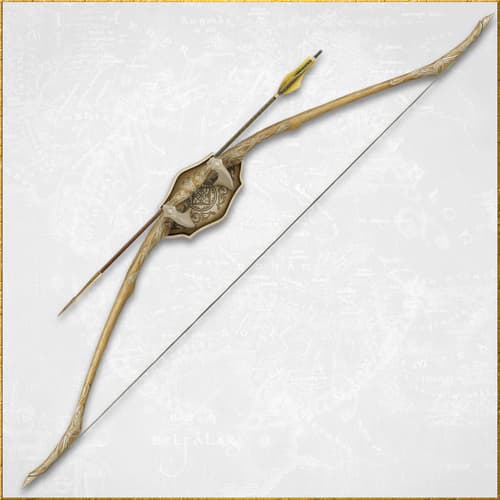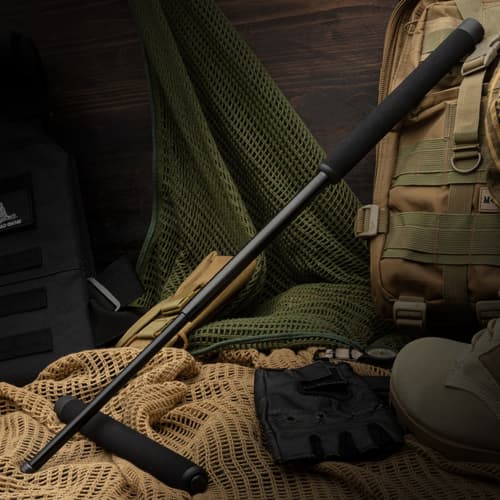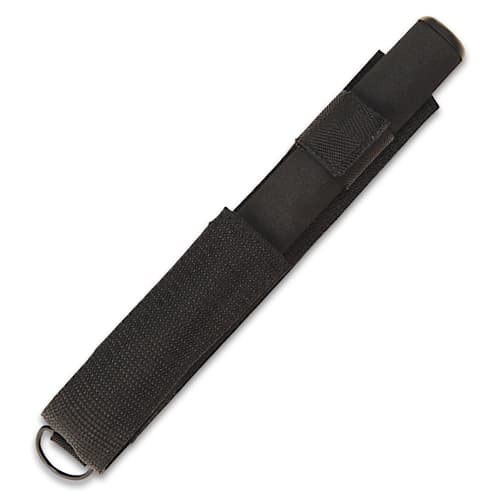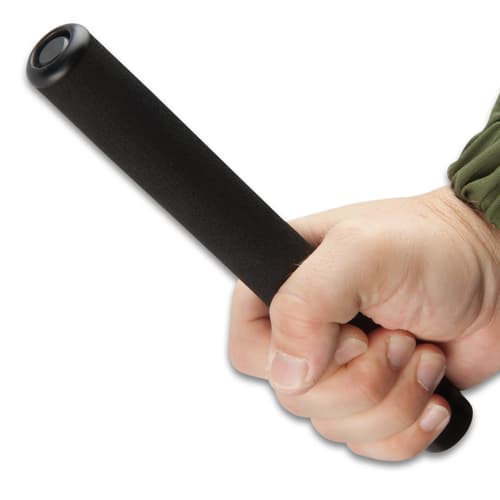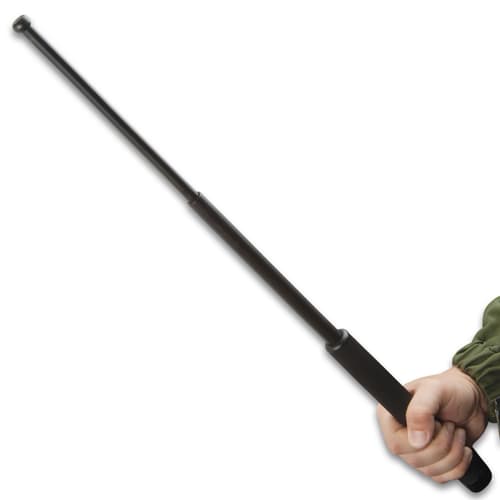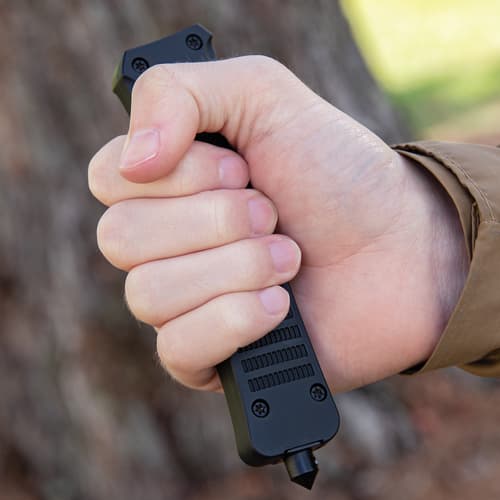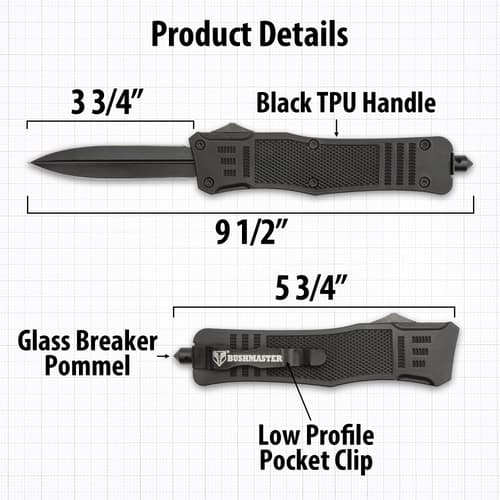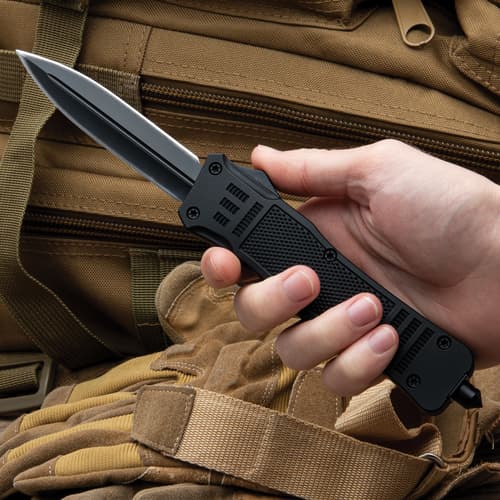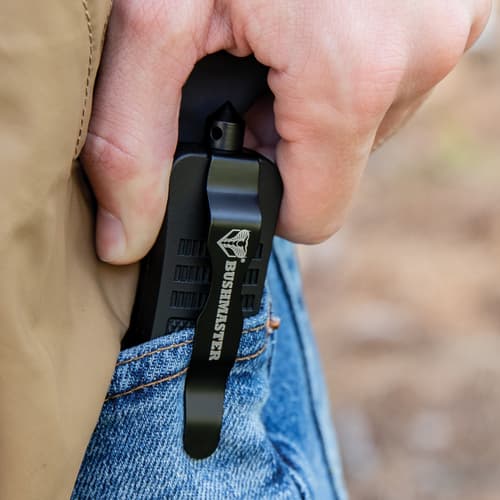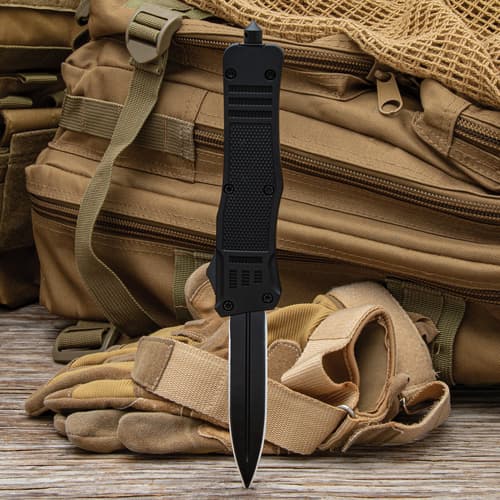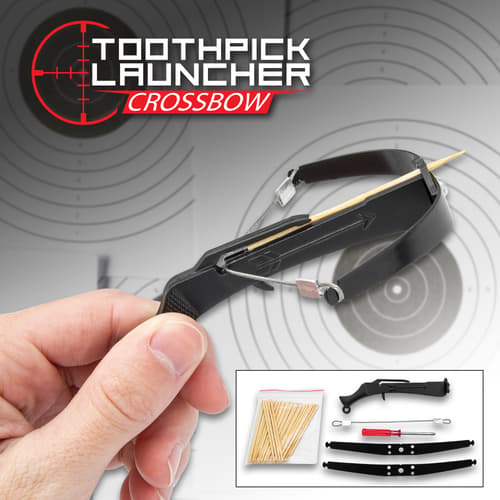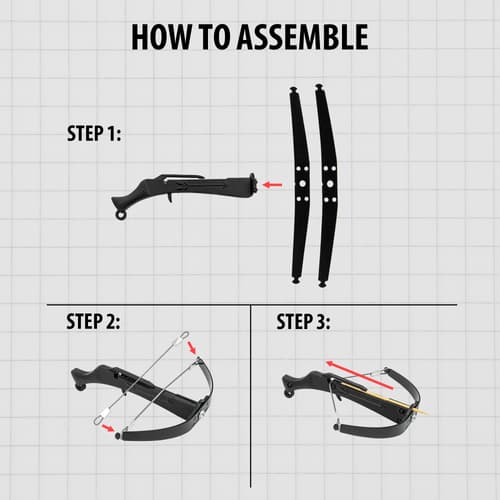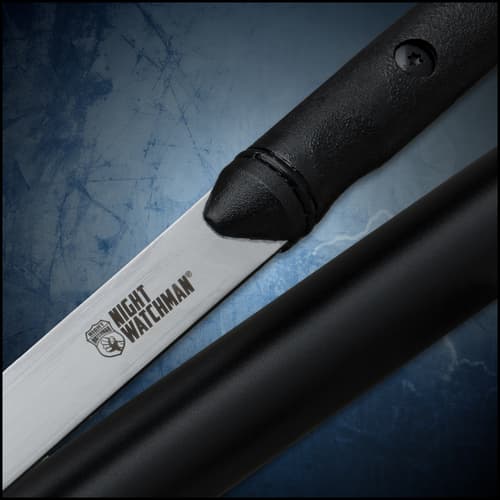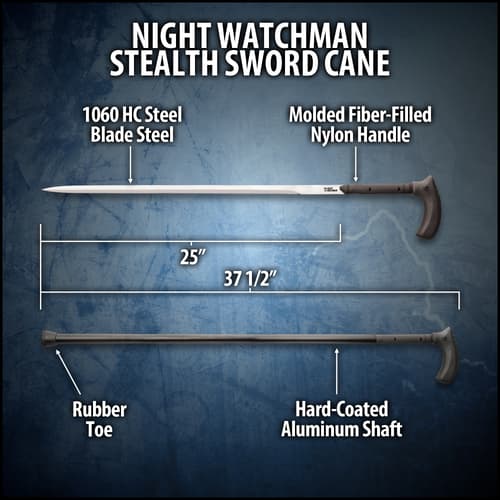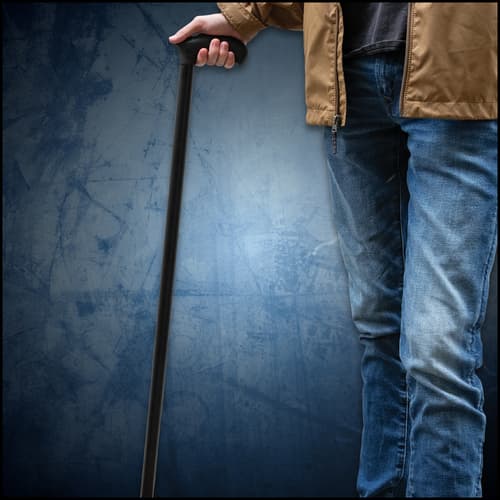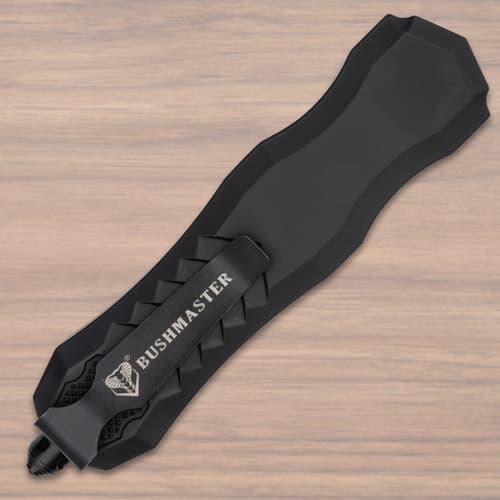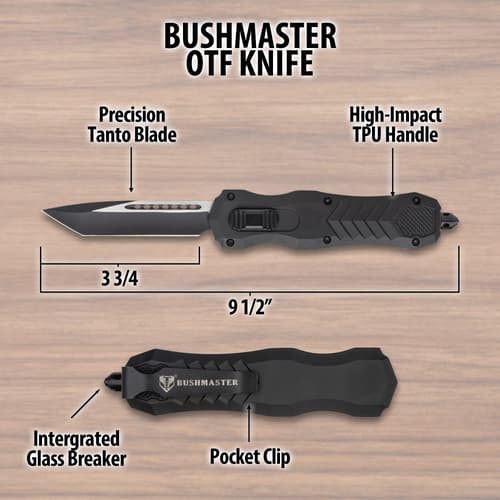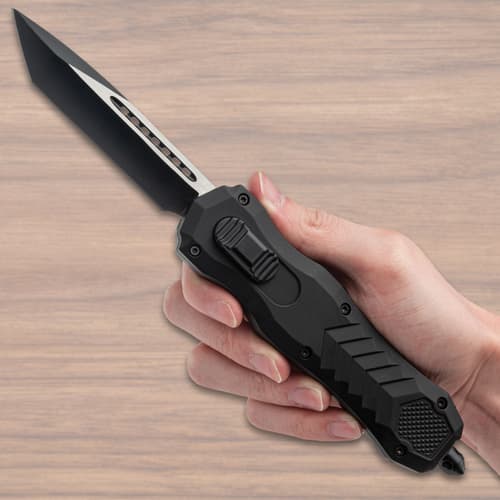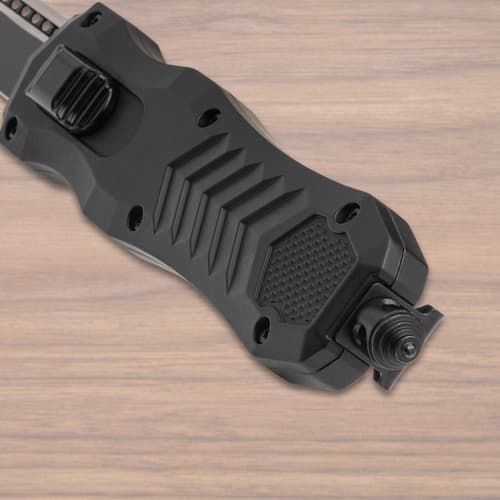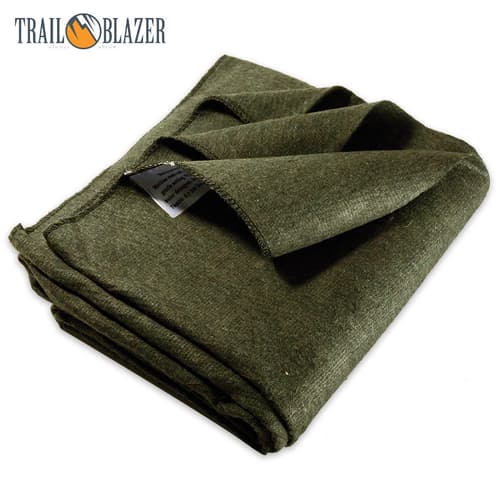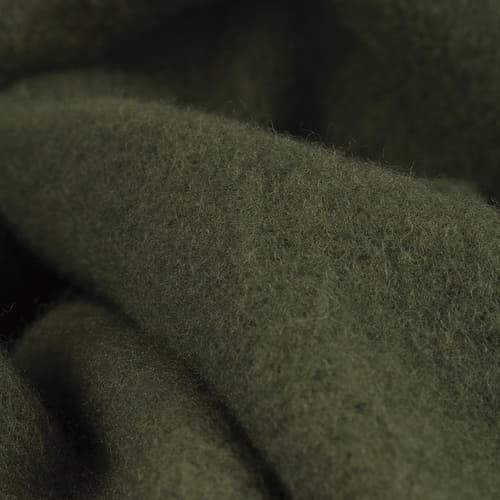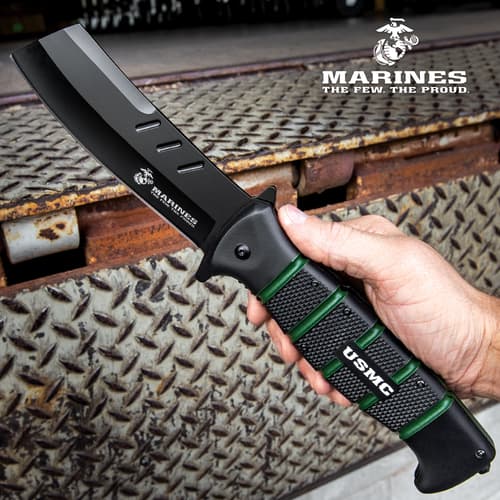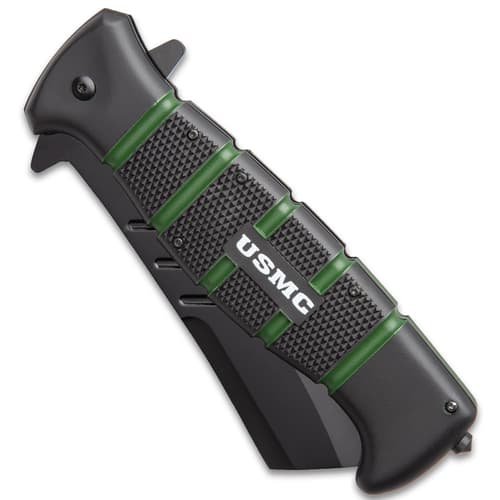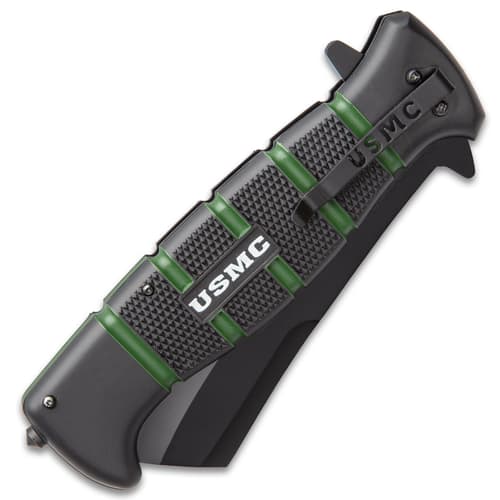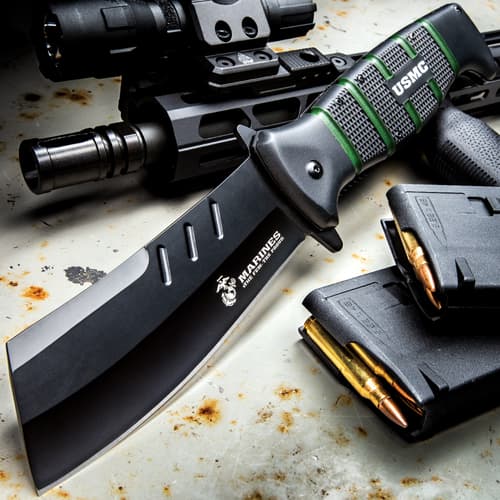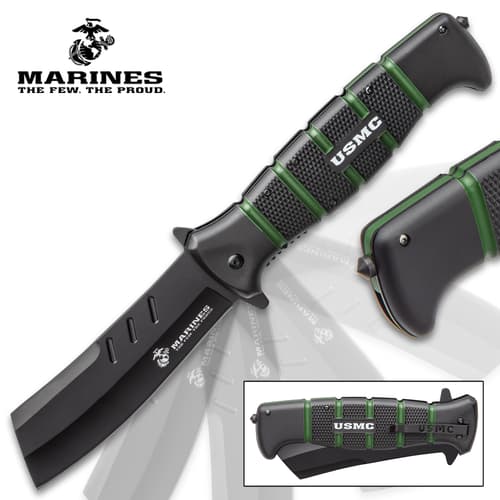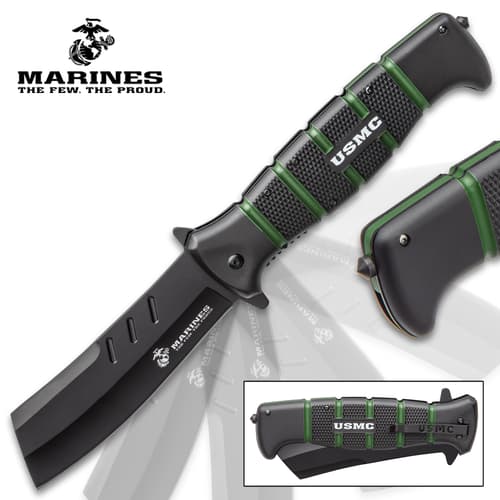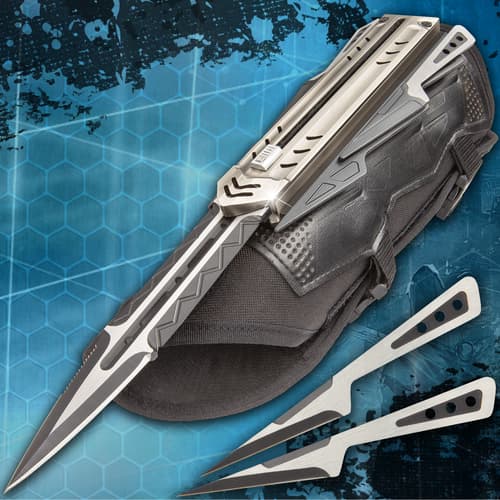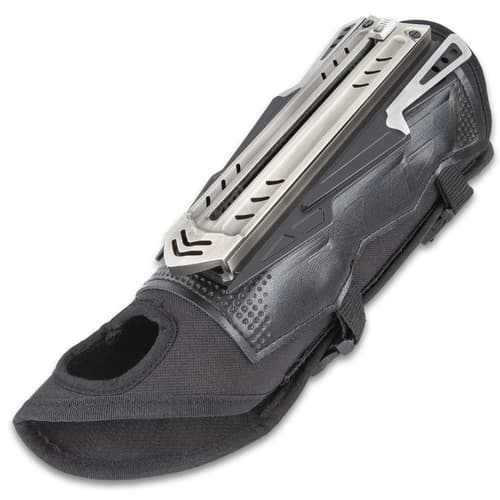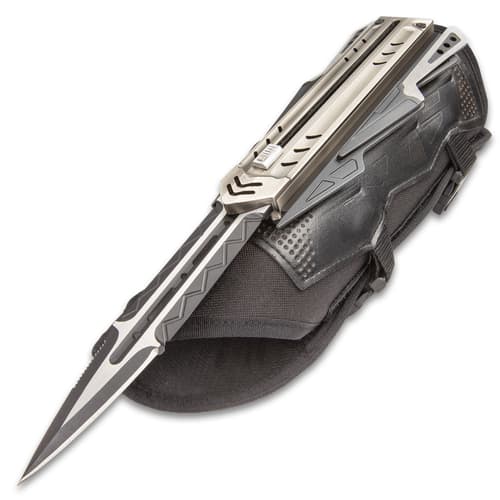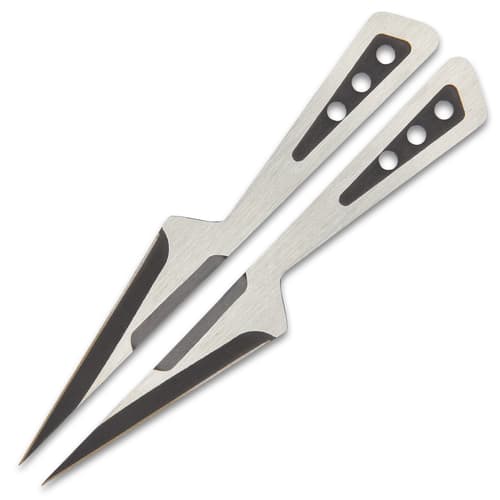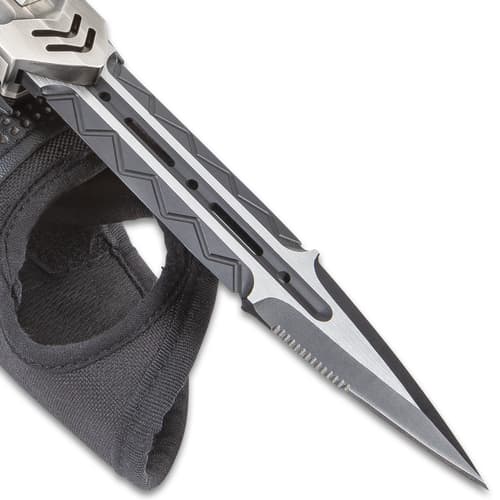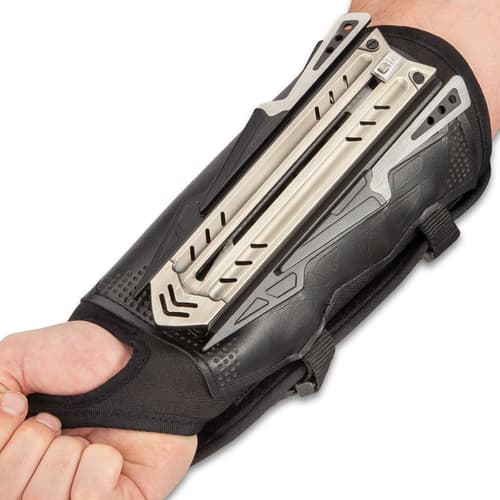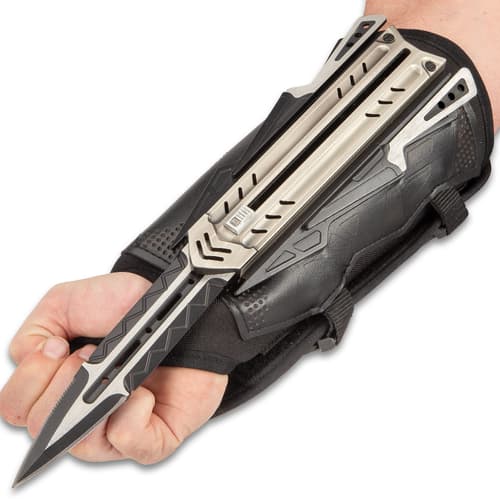Best Sharpening Stone Options
Date Published: 2021-01-13

By Adelia Ladson
When you invest money in a quality knife, you are just flushing it down the toilet if you don’t take care of it and perform regular maintenance to the blade. The most important maintenance task is sharpening. No point in having a blade that you let get too dull to use. After continued use, especially daily use, any blade will eventually lose its razor-sharp edge. And there’s no better way to sharpen a blade than the tried and true method of using a whetstone.
Why a Whetstone?
When you’re looking for a means to sharpen a blade, the basic mediums used are a whetstone, a sharpening steel or a leather strop. (There are also electric sharpeners out there, but I definitely wouldn’t recommend them at all.) There’s no question that each of these mediums will sharpen your blade to some degree but not all of them will meet all of your needs in a sharpener. Here is a little information on each of them and their capabilities.Steel
The two kinds of steel used in knife sharpeners are diamond steel and classic metal steel. Like a whetstone, diamond steel has both a fine grit and a coarse grit. The difference is that it cuts a new edge into the blade instead of realigning the edge that’s already there. The problem is that it will change the overall shape of the blade over time. Traditional metal steel sharpeners are usually made of a high-carbon steel and can be used to keep a fine edge on an already sharp blade. Steel sharpeners are not good for using on blades that have a dull edge.Leather Strop
The leather strop is just what you see in films and television shows that portray an old-timey barber sharpening his razor. It’s basically, a strip of leather on one side and it’s typically suede on the other side. As with steel, it’s good for putting a fine edge on an already reasonably sharp blade. Many folks will use a sharpening compound, which is an abrasive material rubbed on the leather surface before use. I consider this a drawback because it’s another component of the sharpening process that I have to worry about finding.Whetstone
A whetstone can be made of a natural stone like novaculite or an artificial material like silicon carbide. They can be found in different grits and usually have a coarse side and a fine side. New particles are constantly exposed as you work the blade, so the whetstone continues to cut consistently. Lubricating it with water or oil forms a slurry with the worn material that sharpens and polishes the blade. Unlike steel or strops, whetstones can be used on any condition blade from a sharp-edged that needs a tune-up to a dull-edged that needs a rehab. They are also ideal for any blade whether it be a knife, axe or sword. So, why is a whetstone better? Bottom line. It’s the only sharpener that you’ll need to buy for all of your blades and their individual needs. Keening up a kitchen knife or bringing back than antique pocket knife can be easily done with one sharpener. Use it to repair, sharpen and polish any blade.How to Use a Whetstone
Sharpening with a whetstone is a method that’s been used for more than a thousand years and has never changed. You either use a whetstone that you soak in water first like the Japanese water stone or you use one like the Arkansas stone that is used with mineral oil. After lubrication is taken care of, the sharpening process is the same.- Place the whetstone on a non-slip surface with the coarser grit side up, then, place your blade flat against the stone and raise the spine to a slight angle, less than 45-degrees.
- Close one hand around the handle of the knife, place the other hand on top of the blade and push the knife down the stone in a smooth motion, going from tip to heel.
- After ten passes across the stone, lightly skim the side of the blade near the edge with your finger to feel for a burr. This is a slight raise in the metal, on the top side of the blade, that should run the entire length of the blade. It there isn’t one, continue your passes. (If your blade is double-beveled, now is the time to switch to the other side and repeat.)
- Then, move on to the finer grit on the other side of the stone and repeat the process. Rinse the blade of any debris before you repeat the sharpening process with the finer grit side of the stone. Make sure that you maintain the same angle, speed and pressure on the blade throughout the sharpening process. Your passes over the fine grit are getting rid of the burr that was raised with the coarser grit and, if you have a double-beveled knife, alternate sides of the blade with each stroke.
- When you’re done, wash your stone and wipe it with a soft cloth. Let it completely air-dry before you store it in its box. Be aware that any type of whetstone will eventually become concave with use and must be flattened again to continue to be effective in sharpening. A flattening stone can easily be purchased specifically for this purpose.
Sharpening Stone Buying Guide
What it comes down to when you’re looking to buy a whetstone is whether you want to use oil or water and how large of stone you want. Do you want it compact enough to take anywhere with you or is it going to stay in your kitchen or shop?Japanese Water Stone
The Japanese Water Stone has an orange, medium 1,000 grit on one side and a white, fine 1,500 grit on the other side, colored-coded to easily tell the difference. Soak it in water for about five minutes before use but never leave it immersed in water for much longer. The sharpening stone is 4” long x 1 1/8” wide x 5/8” thick, making it compact enough to take anywhere. Just a note: It is a Japanese WATER stone. Never use oil or any other metal cleaner because it will absolutely ruin it.Gatco Arkansas Tri-Hone Sharpening System
My personal favorite is the Gatco Arkansas Tri-Hone Sharpening System. It’s a complete three-stone sharpening system that has a 180-grit coarse silicon carbide stone for setting the bevel on dull blades, a 100-percent natural Arkansas medium stone (220 grit) for sharpening, and a 100-percent natural Arkansas fine stone (320 grit) for polishing to produce the ultimate razor-sharpness. The stones are mounted on a natural wooden triangle, which provides an elevated work surface, and honing oil is included with the system.$17.99

